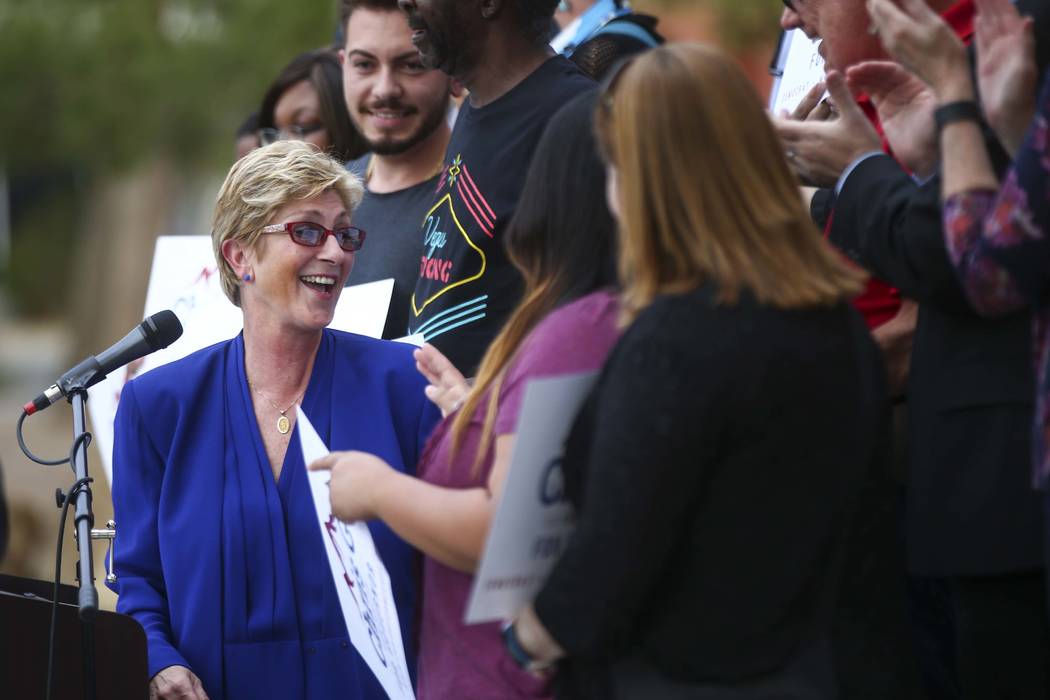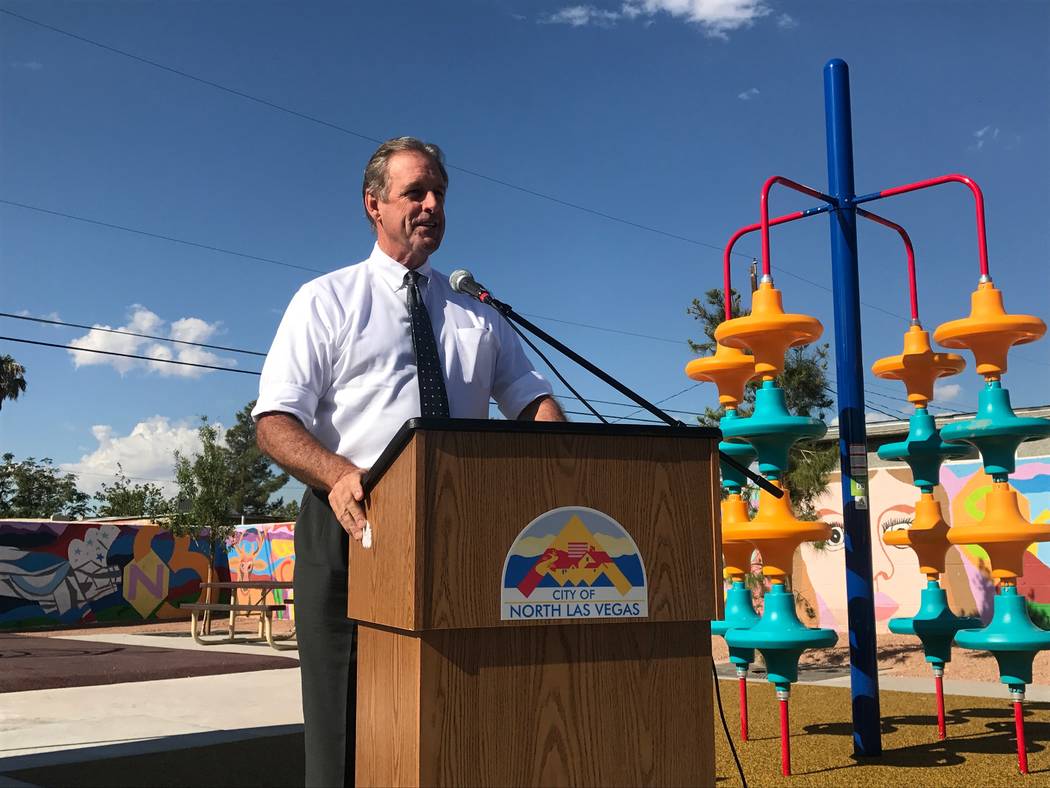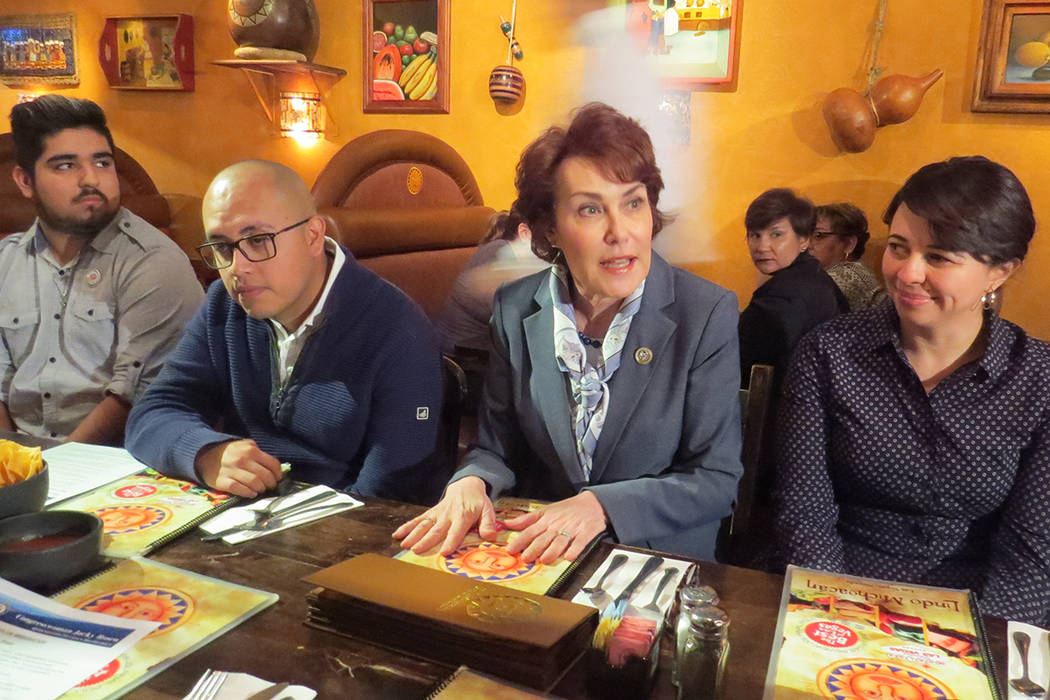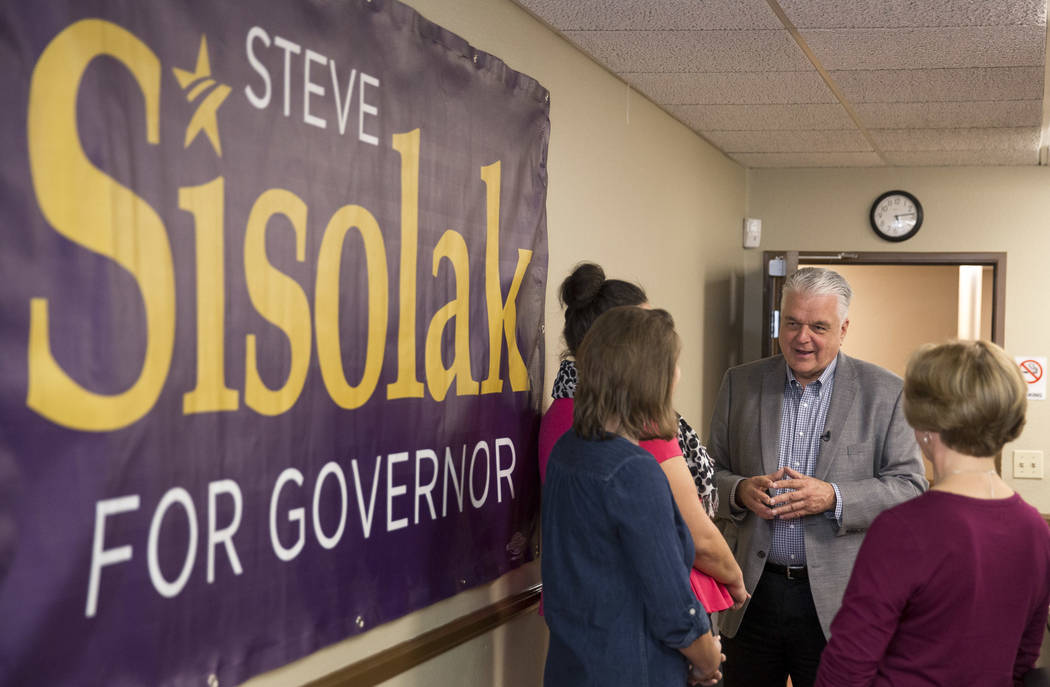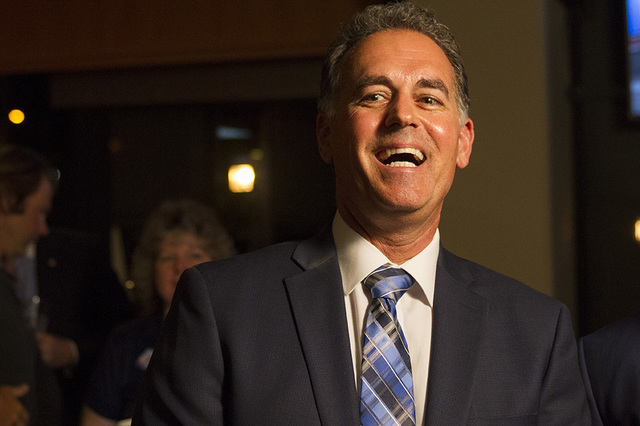Victor Joecks: 5 thoughts on where ‘18 Nevada elections stand
Both federal and state candidates have submitted their 2018 fundraising reports, and primary elections are just four months away. Here are five observations.
1. Tarkanian is toast.
rtually impossible to beat an incumbent U.S. senator in a primary. But when Danny Tarkanian first announced his primary challenge to Sen. Dean Heller in mid-2017, it looked as if he had a narrow path to victory. That path no longer exists.
Back then, Republicans were furious that Heller had killed efforts to repeal and replace Obamacare. Heller had also distanced himself from Donald Trump during the 2016 campaign. Tarkanian thought he could ride that anger to votes and out-of-state money.
Tarkanian’s strategy hasn’t changed. Most everything else has. Heller started sounding like a Republican, and both Trump and Vice President Mike Pence have said they’ll come to Nevada to boost Heller.
Tarkanian’s anemic fundraising reflects that reality. He raised just $650,000 in 2017, which includes at least $65,000 in personal loans. He has around $450,000 in cash on hand. Heller has $4.2 million in cash.
Even if you believe Tarkanian’s critiques of Heller, that shouldn’t blind you to the realities of this race. If Tarkanian wants to win a contested primary, he should run for Nevada’s 3rd Congressional District. He’s not going to beat Heller.
2. Rosen ahead of Heller.
Heller outraised Tarkanian, but Rep. Jacky Rosen, the likely Democrat nominee for the Senate, crushed Heller. Heller raised $800,000 in the last quarter of 2017. Rosen raised $1.56 million, with $1.8 million on hand.
That’s a shackling for a sitting U.S. senator, even though Heller has more saved up. Rosen also outraised Heller in the third quarter of 2017. If Heller wants to stay in D.C., he must improve those numbers. If Trump’s popularity stays below 40 percent, it may not matter.
3. Giunchigliani making Sisolak sweat.
Clark County Commission Chairman and self-described “moderate” Steve Sisolak should have the Democratic gubernatorial nomination locked up. He had $5.75 million in cash on hand at the end of 2017 and a long list of Democratic endorsements, including Harry Reid and Rep. Dina Titus.
Fellow Commissioner Chris Giunchigliani, a proud liberal, isn’t intimidated.
She raised $800,000 in 2017 and transferred $200,000 saved from previous campaigns. Crossing the $1 million mark gives her enough to run a credible campaign, and her status as a cult hero to Nevada liberals gives her a chance.
4. Horsford, Lee frontrunners in CD4.
There is no shortage of Democrats wanting to replace Rep. Ruben Kihuen, who’s not running because of accusations that he sexually harassed young women.
Former Rep. Steven Horsford leads the pack. He won the seat in 2012 but lost in 2014 during a red wave. He’s moving back to Nevada after a stint in D.C. as a lobbyist.
State Sen. Pat Spearman, D-North Las Vegas, and Medicare-for-all advocate Amy Vilela, who raised $50,000 last quarter, will challenge him on the left. Most of the other candidates for Nevada’s 4th Congressional District announced in January, so they haven’t yet filed fundraising reports.
That gives North Las Vegas Mayor John Lee an opening should he decide to run. CD4 includes much of North Las Vegas, and Lee, a moderate Democrat, would be a good fit for the rural parts of the district. Still, it’s Horsford’s race to lose.
5. Republicans should be terrified.
Too many Republican voters are overly optimistic about November.
If Hillary Clinton were president, Heller and Republican Attorney General Adam Laxalt, running for governor, would be shoo-ins. Republicans — angry and scared about the future — would turn out in droves. That’s what happened in 2010 and 2014.
If you’re a Republican, remember that feeling — and realize that Democrats are having those same feelings, only in reverse. There’s a real chance November sees a Democratic tidal wave.
Victor Joecks is a columnist for the Las Vegas Review-Journal.


